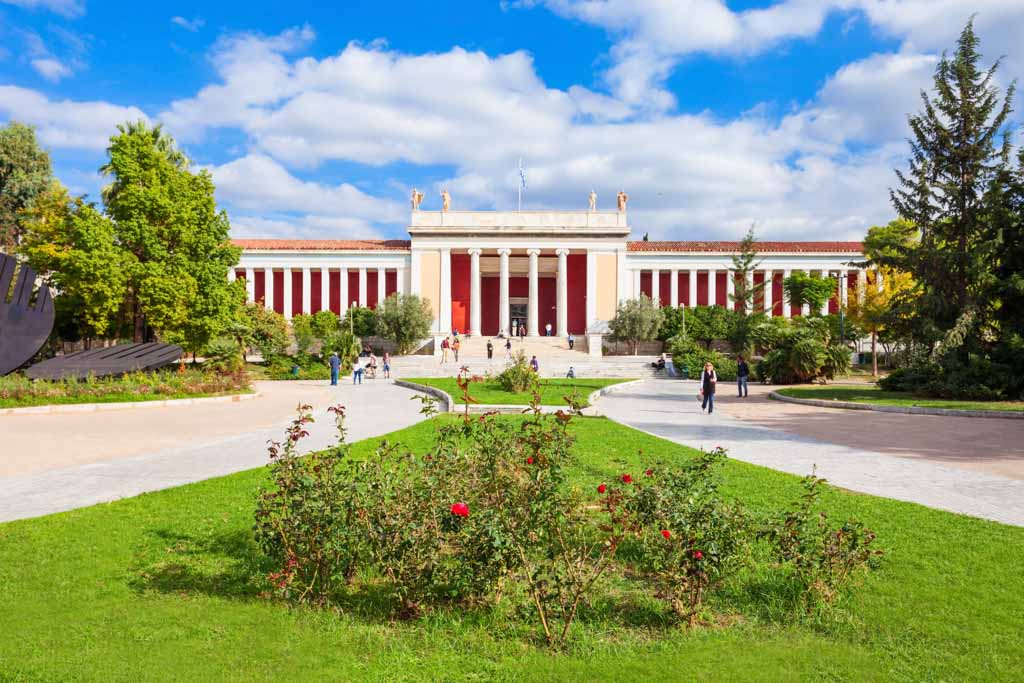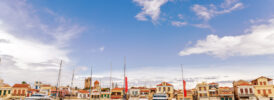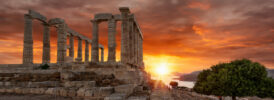Winter is a fantastic time to get back in touch with culture. Greece’s cities are at their best in this almost always sunny – but not very hot – season, with cultural events and festivals, new exhibitions, and a host of other delights. Here are some of the nicest ways to enjoy an urban holiday, Mediterranean-style.
Athens and the Athens Classic Marathon
If you’d like to see a marathon, then you can do no better than this historic one – the original Marathon. Today’s Athens Marathon is based on the legendary run from the town of Marathon to the capital of Athens, which was run by the messenger Pheidippides, bringing news of a victory on the Marathon battlefield of 490 BC.
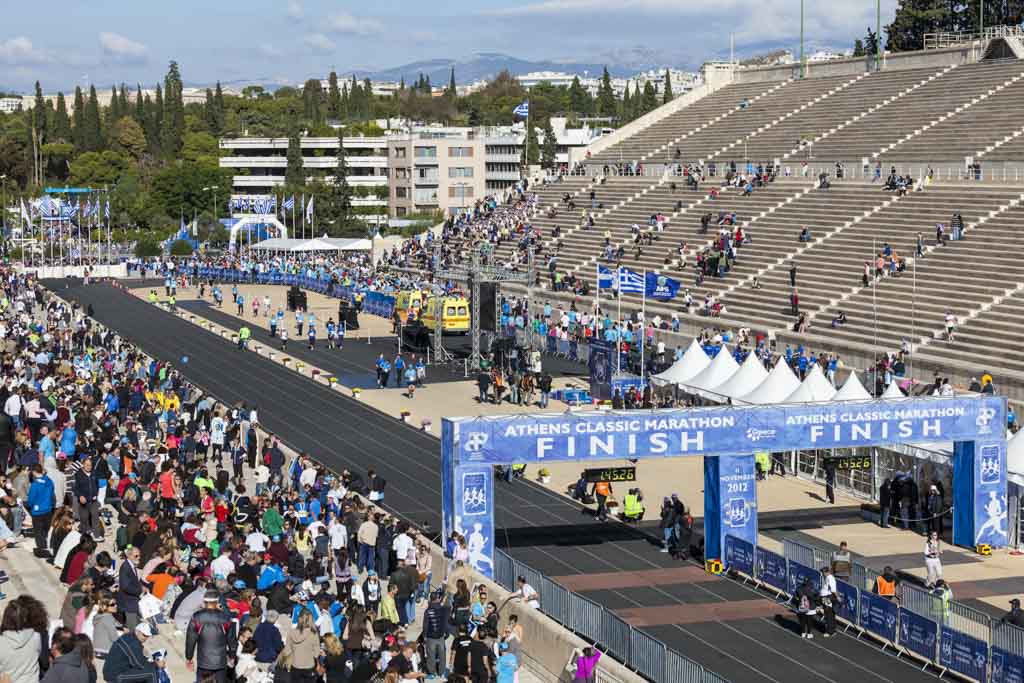
The historic race was revived as part of the modern Olympic Games, which were inaugurated in 1896, with the finish line being then, as now, the glorious Kallimarmaro Stadium. The winner of that first Marathon of 1896 was, fittingly, a Greek himself – Spyridon Louis. The Athens Classic Marathon is a wonderful time to visit the capital. There are also shorter marathon events – in addition to the 42.2 kilometers race, there is also a 5 kilometer race to get more people involved. The streets are full of positive energy – even more than usual in this lively town.
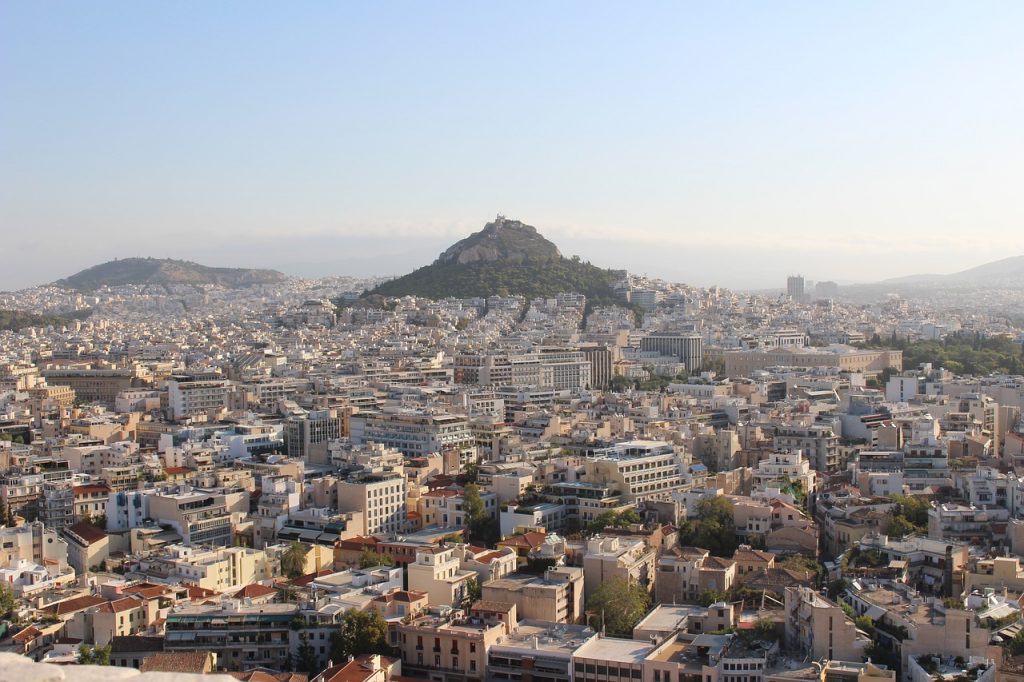
As to other activities during a stay in the capital, there is a broad selection. After the high season, things calm down a little at the hotspots, like the Parthenon and the Ancient Agora – no matter how many times you see the Acropolis, it’s always magical, especially when the crowds disappear and you find it almost empty. A visit to the Acropolis museum and the National Archaeological Museum enhance the experience with a greater depth of knowledge.

Athens is also a magnificent contemporary European capital. The recently opened National Museum of Contemporary Art is two experiences in one. In addition to the thought-provoking collections, featuring both Greek and International artists of renown, there is the splendid building – the historic former Fix brewery has been spectacularly reimagined into a light-filled contemporary exhibition space. Athens is also full of contemporary art galleries, and there are also a handful of galleries focusing on famous Greek artists of the 20th century, for an intriguing combination of culture and collecting. And, speaking of collecting, there are plenty of excellent antique stores.
Evening entertainment is also thriving in winter. World-class performances are held at the Athens Concert hall as well as at the stages of the Stavros Niarchos Cultural Foundation Center. And in a gastronomic capital like Athens, dinner is an event in itself. The fine dining scene in Athens is excellent. The city now has four Michelin starred restaurants, and several other Guide Michelin recommendations.

Lastly, just because it’s no longer summer is no reason not to go to the beach. There are plenty of balmy days in the winter to enjoy the delights of the Athens Riviera – elegant beachside dining and cocktails is a typically Athenian combination of urban and casual. While on the Riviera, a highlight is the Temple of Poseidon at Sounion. The sunset is so spectacular that the crowd breaks out into spontaneous applause- a perfect cap to a city break.
Thessaloniki – for Cinephiles and Oenophiles
Greece’s second largest city, Thessaloniki, is a wonderful surprise. Curving around the Thermaikos bay, the city is under the radar of many international travelers, which is marvelous for the visitor – there is so much to discover.
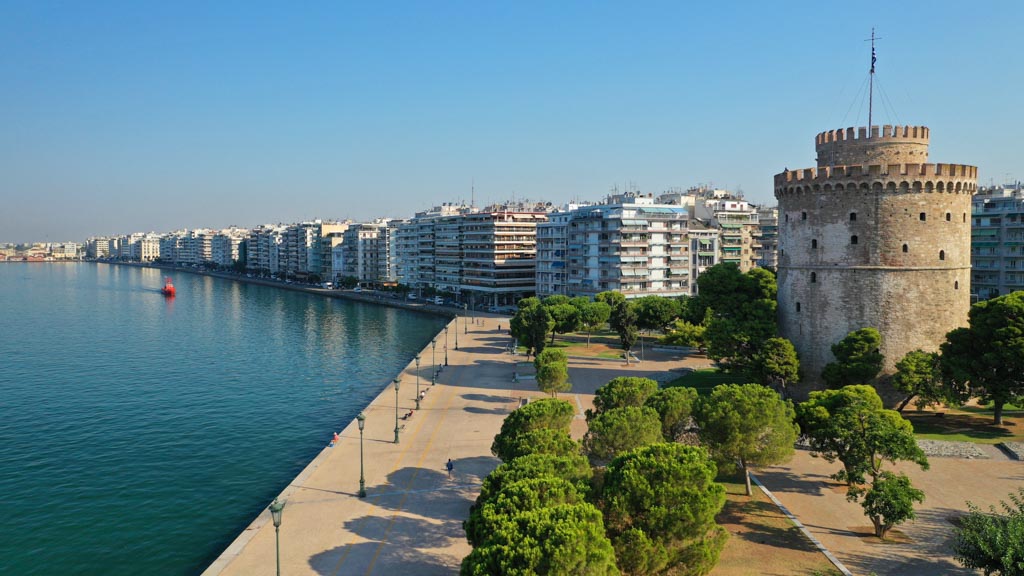
The world does come to Thessaloniki in droves each autumn and extend their visit well into the early days of winter, as there has been an international Film Festival here for decades. It’s the perfect time to come – the best screening rooms in town, including the historic and beautiful Olympion, screen the newest works of internationally acclaimed directors. Many other screening rooms in the harbor ensure that there is a full program from morning to evening, plus plenty of extra activities such as lectures, masterclasses, and of course social events. The whole seafront is buzzing with energy and glamour.
There is more than one way to embrace contemporary culture in this ancient city. Thessaloniki also has an amazing museum of Contemporary Art – the MOMus Contemporary, based on an original donation from the artworld legend, Alexander Iolas. Here, works from the finest artists of the later 20th century to the present – from Niki de St. Phalle to Takis. Warhol to Tsoclis – create fascinating dialogues.

Of course, a city with over two millennia of history is certainly going to be rich in sites from many eras. And in the case of Thessaloniki, from many cultures. This marvelous port city was important in the Byzantine era, and has an astonishing selection of fine Byzantine churches, 13 UNESCO World Heritage Monuments among them. This is just one of several fascinating chapters in the history of the city. Before the Byzantine era, this was an extremely important city in the Roman Empire, strategically situated on the Via Egnatia, with a thriving port. Splendid monuments from the Roman era remain, including the spectacular Rotonda – nearly ⅔ the size of the Pantheon in Rome, the Triumphal Arch of Gaerius, and the much older Roman Forum – this last site being a recent discovery – found by accident in the 1960’s.
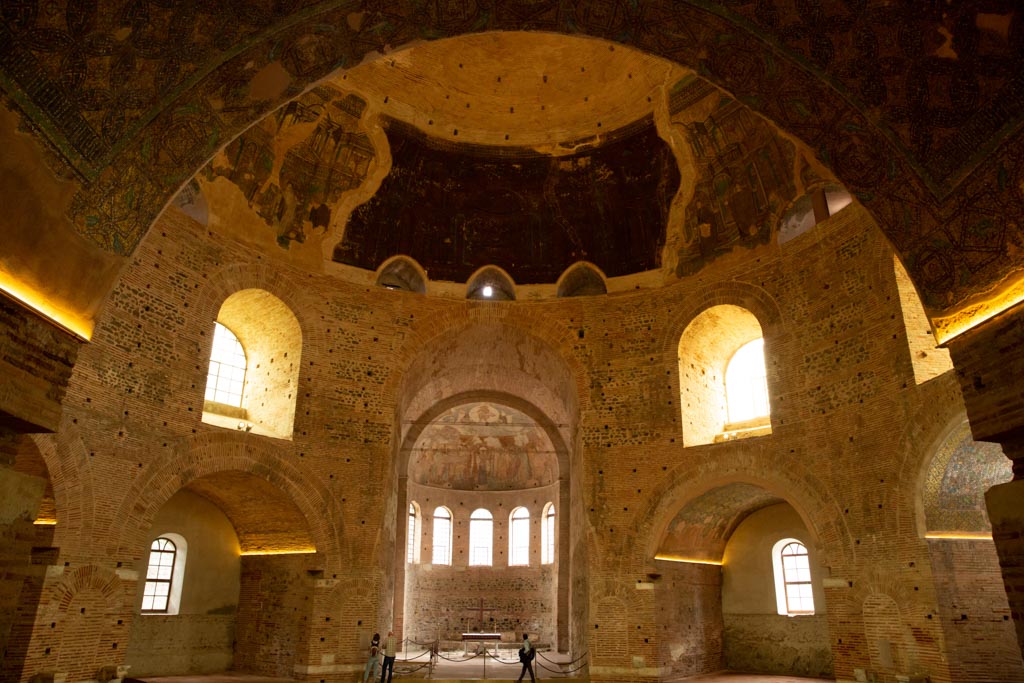
To this pastiche are added some Ottoman monuments – a bath house, three mosques, the grand fabric market – this was one of the jewels of the Ottoman Empire for nearly 500 years. And, during that time, it became the largest Jewish city in the world, when the Sultan welcomed the Jews expelled from Spain in 1492. All of these civilizations have left their touch on the city, making it one of Europe’s most cosmopolitan.
We did mention wine. Macedonia is a prime wine country, and oenophiles will enjoy touring the Wine Roads of Macedonia, stopping at some of Greece’s finest vineyards for tastings and education. Several excellent wineries are very close to the city.
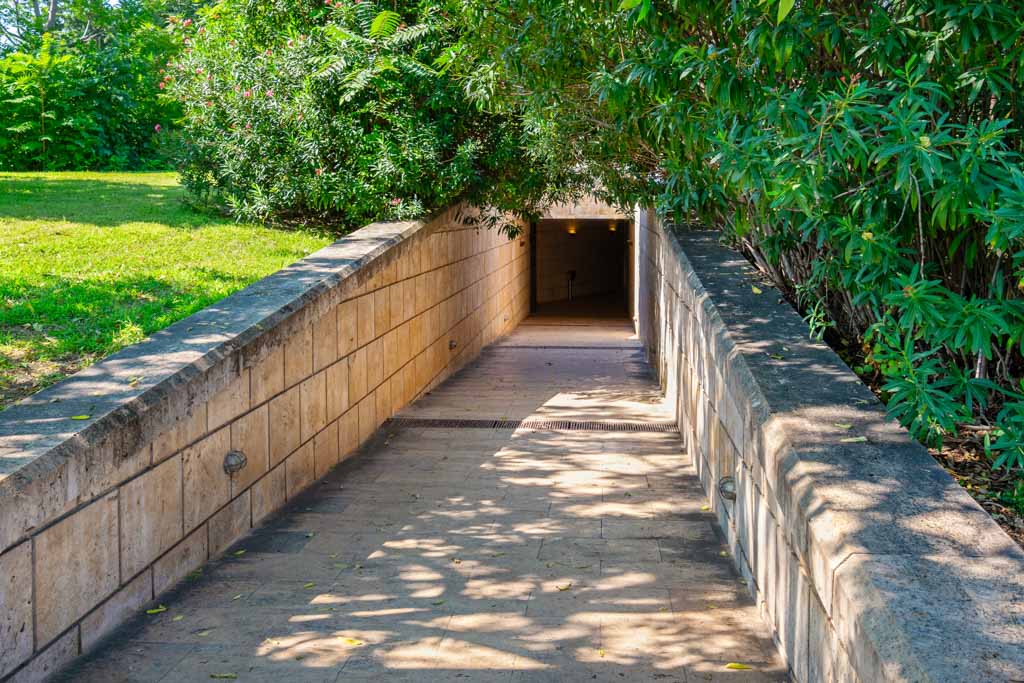
Also close to the city is one of the finest museums in Greece, and a completely unique museum experience. Macedonia is the Macedon of the ancient world – the Macedon of Phillip II and of his even more famous son, Alexander the Great. In the late 1980s, the archaeologist Manolis Andronikos made an astonishing discovery at Vergina – Ancient Aigai – the actual tomb of Phillip II, plus three other royal tombs. The excavation has left them in situ, with a glorious museum built around them, the whole enclosed in a tumulus. The findings are exquisite. And one of the frescoes of a tomb has the detail of a Rembrand. The artistic value alone makes Vergina – an hour’s drive from Thessaloniki – a worthwhile day trip. The larger historical context makes it simply dazzling. The excellent museum of Pella makes the ideal complement. While Aigai was the old capital, Pella was the new capital of Macedon – the city from which Alexander set off on his campaign in the east. Here, one finds a true sense of the splendor of life in that ancient society, down to every last detail.

Have you ever taken a Mediterranean city-break? Greece offers a wonderful combination of natural beauty and cultural enrichment.

